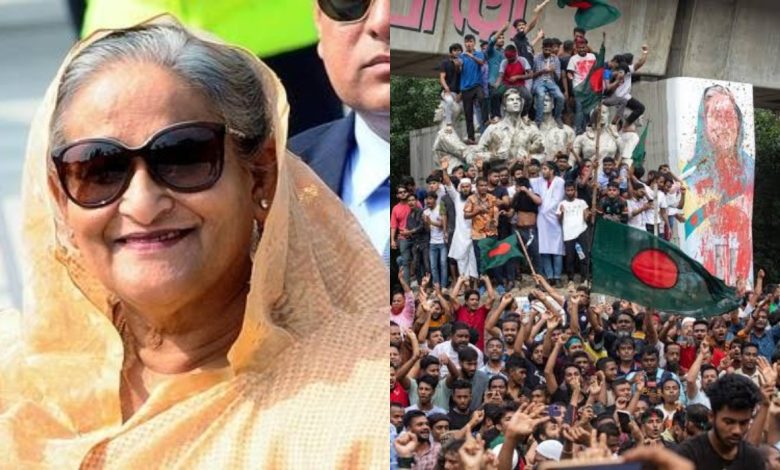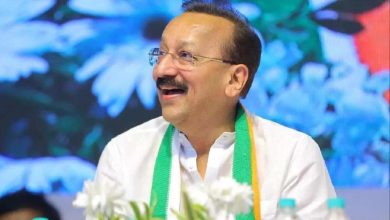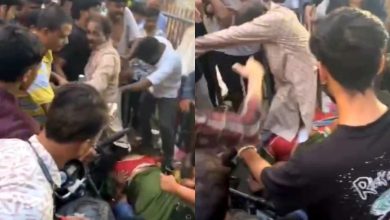
Amidst the ongoing unrest, many are asking, “What is happening in Bangladesh?” as Prime Minister Sheikh Hasina steps down after weeks of intense anti-government protests, ending her 15-year tenure.
On Monday, General Waker-uz-Zaman, the chief of army staff, announced that an interim government would take over immediately.
He urged citizens to trust the army and refrain from violence. “I request you all to be patient, give us some time, and together we will solve all problems. Please return to peaceful ways,” Zaman stated.
Hasina’s resignation follows violent clashes over government job quotas, resulting in at least 280 deaths and thousands of injuries.
The prime minister reportedly fled to India in a military helicopter, with videos showing jubilant crowds storming her residence in Dhaka.
Background of the protests
The protests began in July, initially led by students opposing a court decision to reinstate a job quota scheme. It reserved 30% of government jobs for descendants of 1971 war veterans, linked mostly to Hasina’s Awami League party.
The remaining positions were for women, disabled people, and ethnic minorities, leaving few opportunities for the general population.
Hasina’s labeling of the protesters as “Razakars” – collaborators with Pakistan during the 1971 war – further inflamed tensions. From July 10 to 20, more than 180 people were killed.
Despite the Supreme Court overturning the job quota policy on July 21, protests continued, with demonstrators demanding Hasina’s resignation.
The tipping point
Sunday marked the bloodiest day of the protests, with over 90 fatalities as police clashed with demonstrators in Dhaka’s Shahbagh Square and elsewhere.
Authorities imposed a shoot-on-sight curfew, but the unrest persisted. By Monday, the mood shifted as protesters handed flowers to military personnel, who in turn embraced them.
Al Jazeera’s Tanvir Chowdhury reported from Dhaka, “People are relieved that this brutal crackdown is finally over. It is game over for Hasina.”
What is happening in Bangladesh?
Sheikh Hasina, 76, the world’s longest-serving female head of government, had been in power since 2009, winning her fourth consecutive term earlier this year.
Critics accused her of authoritarian practices, including suppressing opposition and orchestrating extrajudicial killings. Despite her achievements, the protests revealed deep-seated discontent with her rule.
Political analyst Mubashar Hassan, living in exile in Australia, described Hasina’s ouster as a second independence for Bangladesh. “A dictator has fallen,” he said, as protesters defaced a statue of Hasina’s father, Sheikh Mujibur Rahman.
What lies ahead?
General Zaman indicated that the formation of the interim government is still in progress, with talks ongoing with major political parties, including the opposition Bangladesh Nationalist Party.
The military’s role remains uncertain, though student activists have voiced opposition to military rule, seeking a return to democracy.
Zaman also promised investigations into the deaths during the protests, assuring justice for the victims. Meanwhile, Hasina has reportedly arrived in Agartala, India, with her sister, according to Indian media reports.
Read More: Israeli attack in Tehran kills senior Hamas leader Ismail Haniyeh



